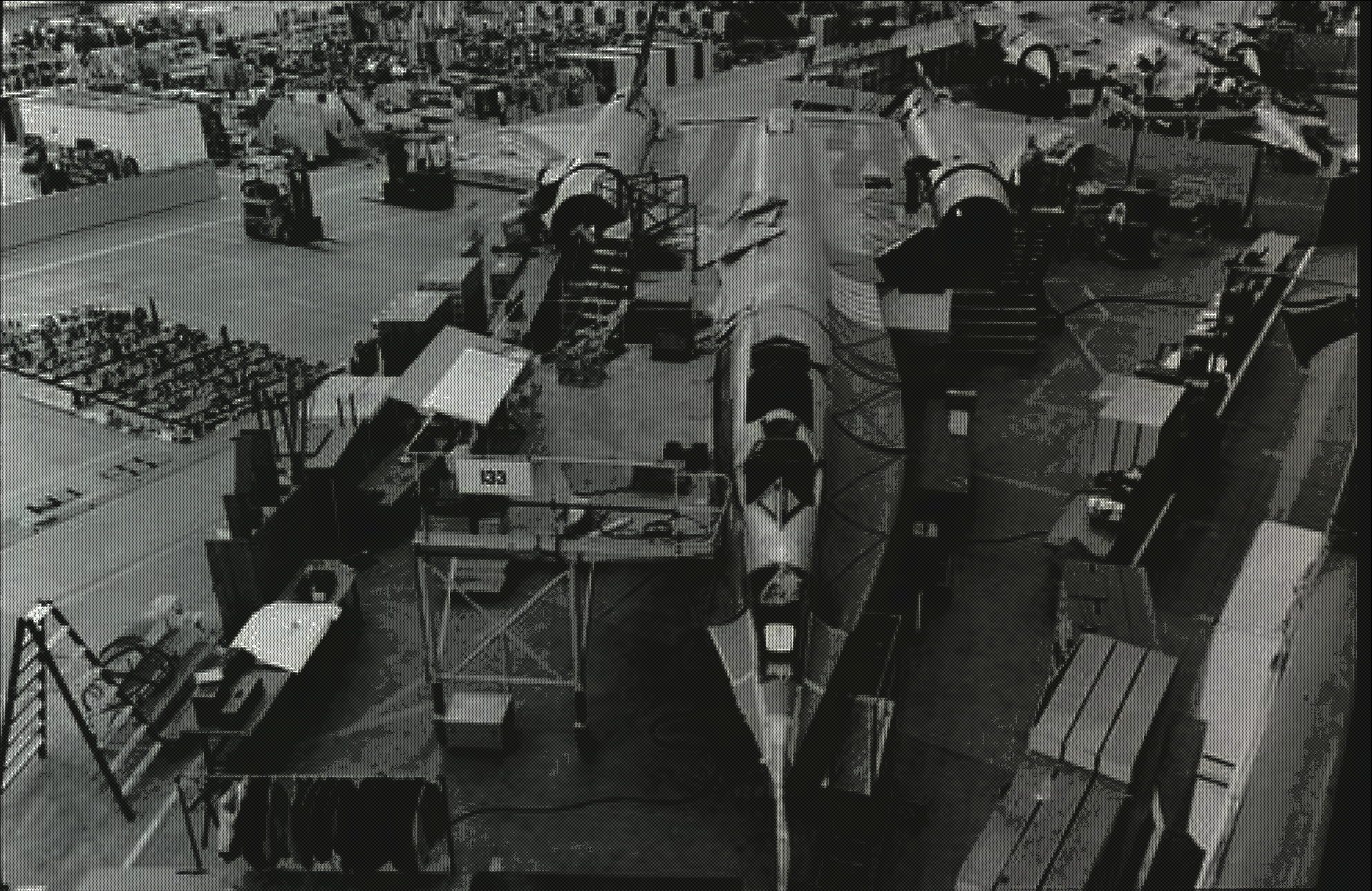
Staging grounds for rapidExpedition and the development of its philosophy.
MCAES (Micro-Compressed-Air-Energy-Storage) is yet a young concept and has yet to inspire any proof-of-concept in the field, as it were. To this end might we attempt to formulate something of a self-contained system with a limited set of considerably deterministic parameters–a limited case proof-of-concept. One such formulation might be had by simply switching focus from the voracious complexity of human life to the simple necessity of botanical cultivation. In short, if one were to store only enough energy in the form of compressed air for the purposes of semi-autonomus botanical cultivation of a given scale, one could well and quickly determine or demonstrate the efficacy of MCAES, generally. Aeroponics is exceptional among agrarian techniques in its capacity for both boosting production and conserving resources, and by virtue of its manner of accomplishing both does it even manage to decouple a crop’s production from most environmental considerations, suited as it is to climate-controlled auspices; owing to this among some of its more technical particularities, it is perhaps the most uniquely suitable means by which to assess the viability of MCAES.
Such a considerably deterministic application offers ample opportunity to tailor its approach in a way more optimal than merely exceeding a household’s maximal energy demands in perpetuity (inevitably the foremost consideration of the popular imagination), but our arrival at this alternative is not so simple to elaborate and would prove indeed quite tangled up with the considerations of MCAES more generally. For instance, the availability of energy (electrical or otherwise) can only be reasonably assured by the systemic and perpetual dissipation of a kinetic form thereof (usually thermal, such as in the case of combustion, steam driven turbines, and so forth), but other more intermittent sources of energy production can be had freely and in great abundance, yet only whensoever they can be had; such intermittent sources of energy production are seldom so generally applicable not to require some form of conversion at some stage of a given system so complex as that required by botanical cultivation (at least beyond certain climes and scales), and so already must we consider what form of energy is most common to the entire system, much of which is indeed kinetic. Our system therefor stores its kinetic energy (whether originated by photovoltaic means or otherwise) in the most manageable way possible that it might serve as a continuous source of energy in a way very much akin to the more usual manners of continuous energy supply, but rather more spartan and integrated.
Admittedly, we have come at this problem somewhat backwards (the typical solution in search of problem, but applied very much unironically) and decided upon the system before its application, and since that system would gravitate around compressed air, we are given directly to determine all of the various conversions involved or available thereto and thus arrive at perhaps the most narrow utility conceivable. Indeed might we imagine even the heat of the compression process or the sapping of heat owed to the expansion of that air into its various duties as even proving of some utility if well managed by passive or otherwise mechanical means (notably an easier feat in small spaces than large ones, and we shall undoubtedly revisit this consideration). In any case, beyond the specifics of climate control, all we are left with is the need for electricity (for powering sensors and automation) and pressure (for water and nutrient cycling as well as for oxygenation), and of these two, the latter should prove the most intensive, but also fortunately the most direct energy requirement of the entire system.
Let us then simply illustrate in rough detail one possible template for designing such a system:
To recap briefly the most relevant elements of this configuration, air expansion serves two purposes, one periodic and one intermittently based upon conditions of energy availability: the former consisting of the simultaneous watering, feeding, and oxygenization of plants through the pressurization of a single nozzle for each module; the latter consisting of the generation of electricity pneumatically to power various computerized duties shared across modules, to include the control of solenoid valves. Such a system could well be tested in isolation from all other considerations using conventional sources of electricity in order to determine the optimal number of tanks to supply it for given lengths of time without power available to the air compressor. This sort of testing should prove suitable to indicate the viability of this system in a given place and season, whether or not such needs should exceed feasibility (in terms of the volume of receiver tanks required and the ability of a single compressor to sufficiently fill those tanks), although in such cases, a higher ratio of “master modules” might suffice to mitigate this likelihood. Alternatively, other or supplementary power sources could be utilized. (supplementing solar with wind or even hydro power in higher latitudes, for instance)
Further details on this project can be found at rad:git:hnrkmwnuphbgwnndn1p7xnie7bzsga7qkog7o utilizing the Radicle Upstream client. If already running the client, the repo can be found here. Any and all collaborative efforts should be directed there.